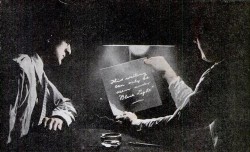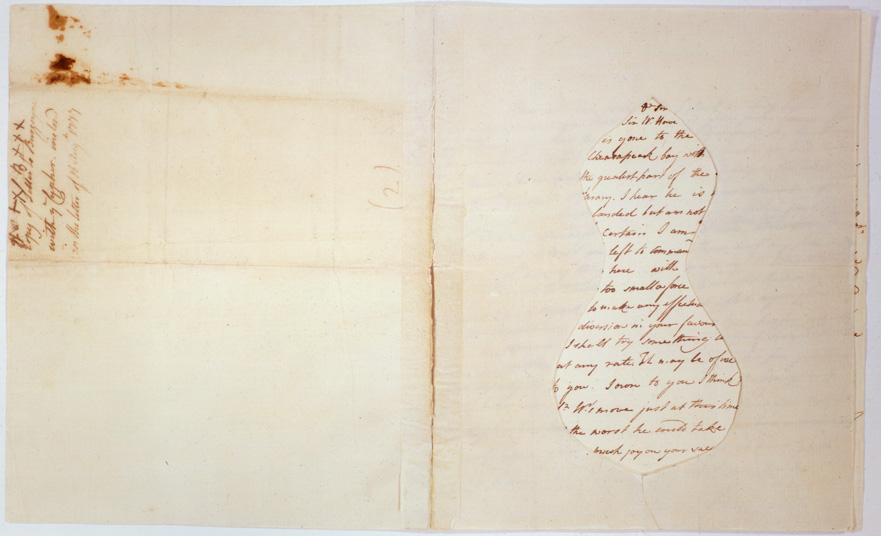Who invented invisible ink?
 November 29, 1775 — During the Revolutionary War, both the British and the Americans used invisible ink.
November 29, 1775 — During the Revolutionary War, both the British and the Americans used invisible ink.
Chief British intelligence officer, Major John Andre, had agents put a letter in the corner of their correspondence to inform the recipient as to how the hidden secret message could be developed; for example, an “F” was placed in the corner of letters that could be revealed by fire, an “A” for those that needed the application of an acid.
But George Washington wanted something more, an ink that could only be revealed by a unique, specially formulated reagent.
Sir James Jay answered the general’s call today. Jay, brother of American patriot John Jay and a physician that dabbled in chemistry, created a “sympathetic stain,” which he supplied to Washington. Washington would then pass it on to the Continental Army’s spymaster, Major Benjamin Tallmadge who in turn provided it to the members of the famous Culper Spy Ring: Abraham Woodhull and Robert Townsend.
The true contents of letters were hidden through the use of mask letters. These documents were intended to be viewed by a recipient who would place a shaped template over the full letter. The true message of the letter would then appear within the boundaries of the “mask.” The letter and the “mask” were usually delivered by separate couriers to ensure that the trick would go undetected.
Sources
Words of Wisdom
To avoid suspicion, George Washington instructed his spies to write seemingly banal letters between the lines of their secret messages, or to inscribe them on the blank leaves of a pamphlet. . . a common pocket book, or on the blank leaves at each end of registers, almanacks, or any publication or book of small value.





